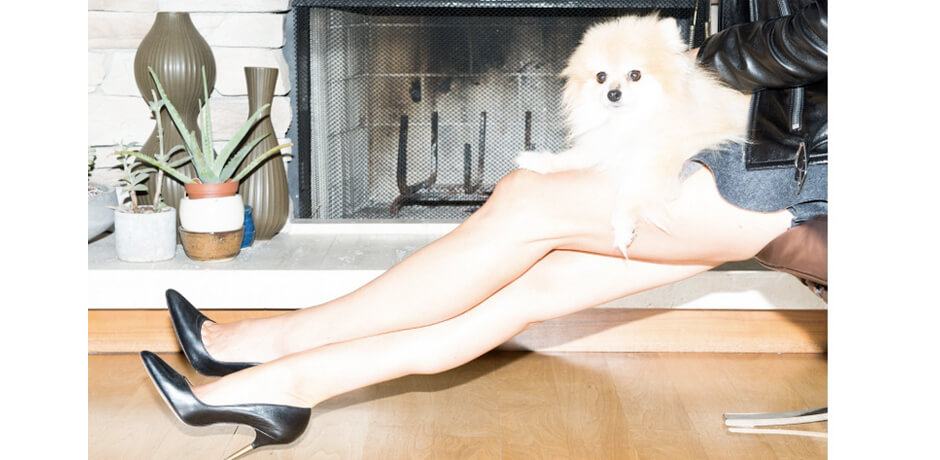I was recently contacted by Melissa, an MBA student in Sustainable Fashion at Bard College. I wanted to share a snipped of the interview conducted because it raises a great point–is sustainable fashion really sustainable?
M: Something that I always struggle with and sometimes people ask me about when I say I am interested in sustainable fashion is the idea that we are still creating more “stuff” (whether it be made out of a sustainable fabric or not). We are also encouraging consumers to keep buying new clothing items each time a new trend comes along…
Can you speak to this? Do you think this is a problem?
J: Yes, this is a common argument against sustainable fashion (that it’s still more stuff), and although in theory or by textbook definition it’s a good point, frankly, it’s not one that’s grounded.
We all wear clothes, and we all play a part in the consumer society. So the real question is, what part will you play?
Sustainable fashion grew out of the fast fashion model–People didn’t want cheap clothes. People didn’t want to pay for something that was going to be look cheap and be used up after a few wears. I’ve heard the point of view ‘sustainable/quality fashion came out of the recession,’ and perhaps that’s true. But what I do know is that with the growth of the internet came forced transparency. We can ‘google’ something or someone, and find out everything about them–it’s all there. Companies cannot hide behind a great marketing campaign anymore, and (aware) consumers are doing everything they can to stay away from companies who don’t pay attention to decent human values and business practices. Business is changing–it’s no longer about competition.
But even beyond the companies, (because as we know many are still exploit the environment
After the Rana Plaza collapse that killed 1127 people (with hundreds more STILL missing), I was grieving by I blocking it out of my mind. I didn’t want to hear about it. And finally when I came too, I realized, if this affected me so much that I had to DO something about it. At first I made the promise that anything I bought I had to be able to trace the supply chain and know exactly where it came from–no green washing or consumer hypnotism was going to cloud my consumption choice. As I played it out in my mind, I thought, how am I going to buy toilet paper? Yes, crass but true. So many items we purchase on a day to day basis and that we rely on aren’t traceable. But I knew fashion wasn’t as big as a necessity (gasp!) and to narrow my promise to clothing that I could trace was more feasible and manageable.
Being militant about my choices wasn’t going to create change, it probably was going to make me unhappy and I wouldn’t have be able to uphold my promise.
As consumers become more aware of the externalities of industry–both environmental
So if you are anti-GMO, grown a garden–even if it’s a tomato plant. And if you want to understand what sustainable fashion is learn to sew, fix your clothes, buy quality clothes and make them last.
To speak to the trend issue, trend are really at a shallow level, to get consumers to buy more. We don’t need more. I’ve found since I got away from trends and stuck to my own style I don’t stand in front of my closet contemplating the dreadful question–what am I going to wear?

